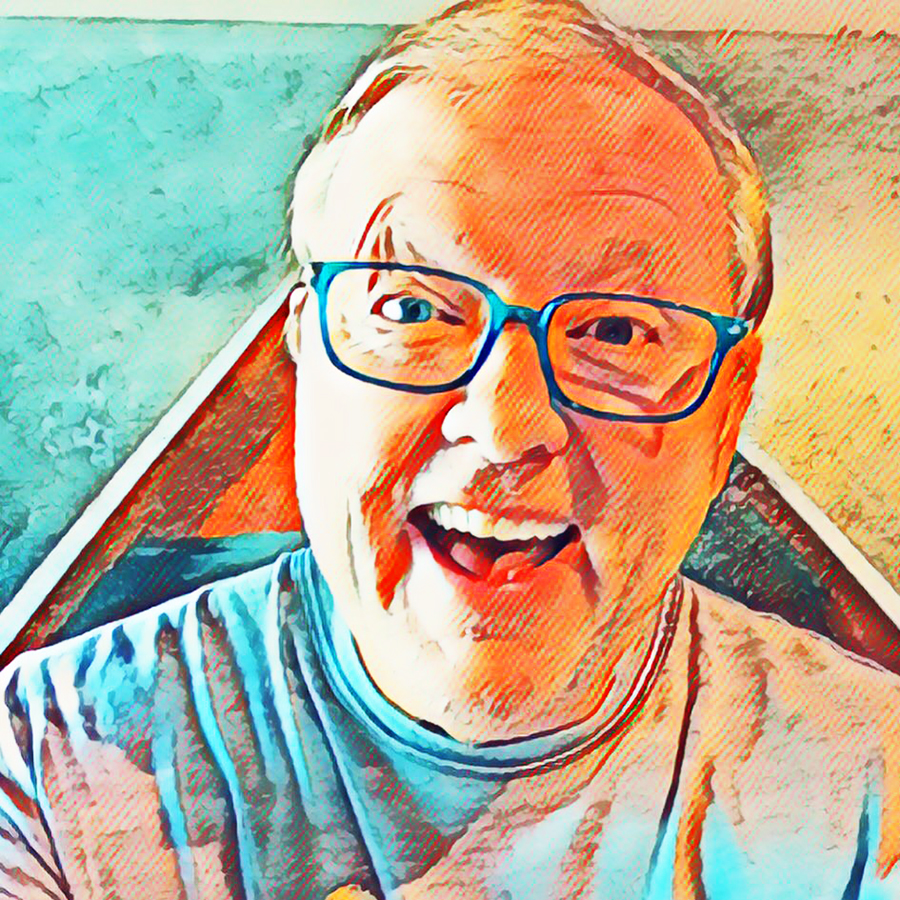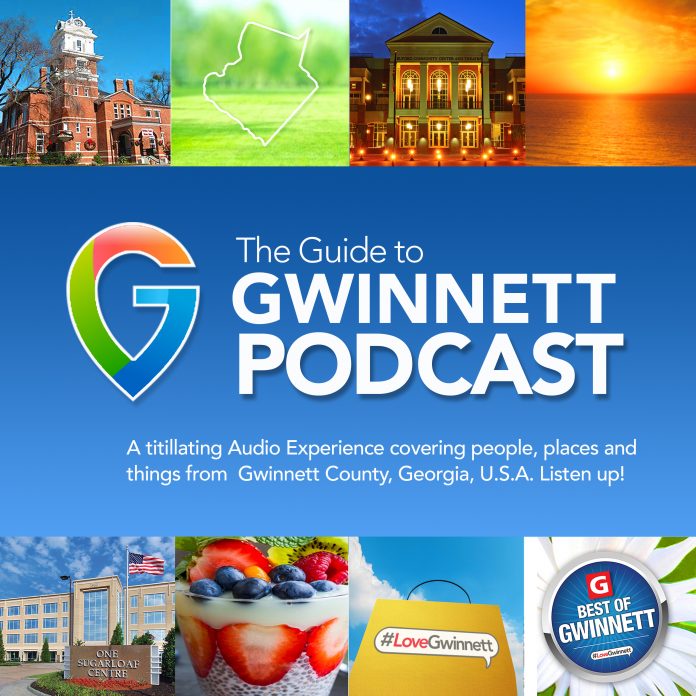Today on the Guide To Gwinnett Podcast were BizRiffin’ with David Greer, the publisher of Gwinnett Magazine!
Hey what is a magazine anyway?
These days, a magazine, if you’re going to be a successful magazine, requires that you’re communicating and telling stories through all the mediums. So a magazine today is a print product, it is a website, it’s an email newsletter, it’s social media, it’s podcasts, it’s video stories. It’s this whole body of work. It’s like a vehicle to carry stories to our audience. And because communication have changed, the way that we tell those stories has changed, where 20 years ago when we started, all we worried about was print. That was it. A magazine was print and you had subscribers.
So you know, point being, that some people’s perception of a magazine is still 20 years ago. But as a magazine publisher, when we talk about magazines, we’re talking about that multi-platform delivery. So the premise of a magazine is basically this, you have a body of work or a collection of stories and you deliver those to an audience. And what you hope is that that audience is the same audience that local businesses want to talk to. So we draw them to our body of work because they’re interested in a story about fishing, dancing, accounting, law, and while we have their interest, our advertisers come in and try to interrupt their attention span for a little bit and talk to them about their product.

One modern day aspect of magazines is this, because when you think about it, you can Google anything you want to know. So a lot of people ask question, “Well, why is there room for a magazine when anybody with a cell phone can Google and find countless articles about anything they want to read about?” And I’ll tell you what the reason is. What people pay for and what they’re interested in, is because they’re so busy and because information is so vast and widespread, they actually look to a magazine as a filter. The magazine is a filter for them. They pay us to be their eyes and ears, to some respect.
And so in our case, we are the people who pull together news and stories that have to do with Gwinnett. Instead of them going out and finding all these individual bits of information on their own, they come to Gwinnett Magazine because they pay us to be a curator that watches over and oversees and takes care of these little stories. So we’re kind of a curator, and we are an aggregator too. What that means, because those are big words sometimes, but aggregator pulls together all this information and puts it in an orderly fashion and presents it to the audience in a nice convenient way for them. So that’s really the purpose these days of a magazine, is that on our readers’ behalf, we’re out there searching and exploring for story ideas that we think our audience might be interested in. So a magazine these days is just really that filter, that organizer, curator, aggregator of information. And we also are an originator.
One of the ways I like to talk about it is this way. When you’re writing for a magazine or producing video or audio or whatever, you have to decide on a particular story, are you a repeater or a reporter? So it’s perfectly okay to be a repeater because people find value in that information. But then sometimes we are the reporter. We’re the first to bring the story to the market. I don’t get all uppity in my journalistic pride and think it’s just a sin to repeat content. Because remember, I’m serving my reader by delivering them articles and information I think they’re going to want to know. I’m trying to shortcut and give them a heads up or a headstart on finding information. So there’s no shame in repeating these days.
In the old days, that was not something you wanted to do. But if you will watch the news patterns, you’re going to see a press release go out from a news source and then every media outlet in the market pick that up and repeat it. And that’s cool. That’s good. Because remember, some people come to our brand to look for their news, and we want to repeat what other people are reporting in other publications.
But then we also want to add our stamp to it, our flavor, and our style, and our method of conversation. I think that’s the thing about magazines, is that they all have a voice and a personality. And it’s much like this. It’s like if you go talk to my daddy, he’s going to talk a certain way and he’s not going to understand what you mean if you say “Idk” and “lol.” He does not understand what it means to go to a coffee shop to work. That blows his mind. So the magazine has a voice and you style to it that appeals to the audience. So you can take that news, even when you’re repeating it, and put it in your voice and style that relates to your audience.
The question really was, what is a magazine? And the takeaway that I want you guys to understand is that a magazine is not just print, not ink on paper. It is a multi-platform body of work. Basically, we start with a story and then we distribute that story through all kind of means, so that somebody could read it on their cell phone, they can listen to it on the radio, they can look at it on a website, they can flip through the print in the doctor’s office, but that story lives across mediums. That is a magazine today.





